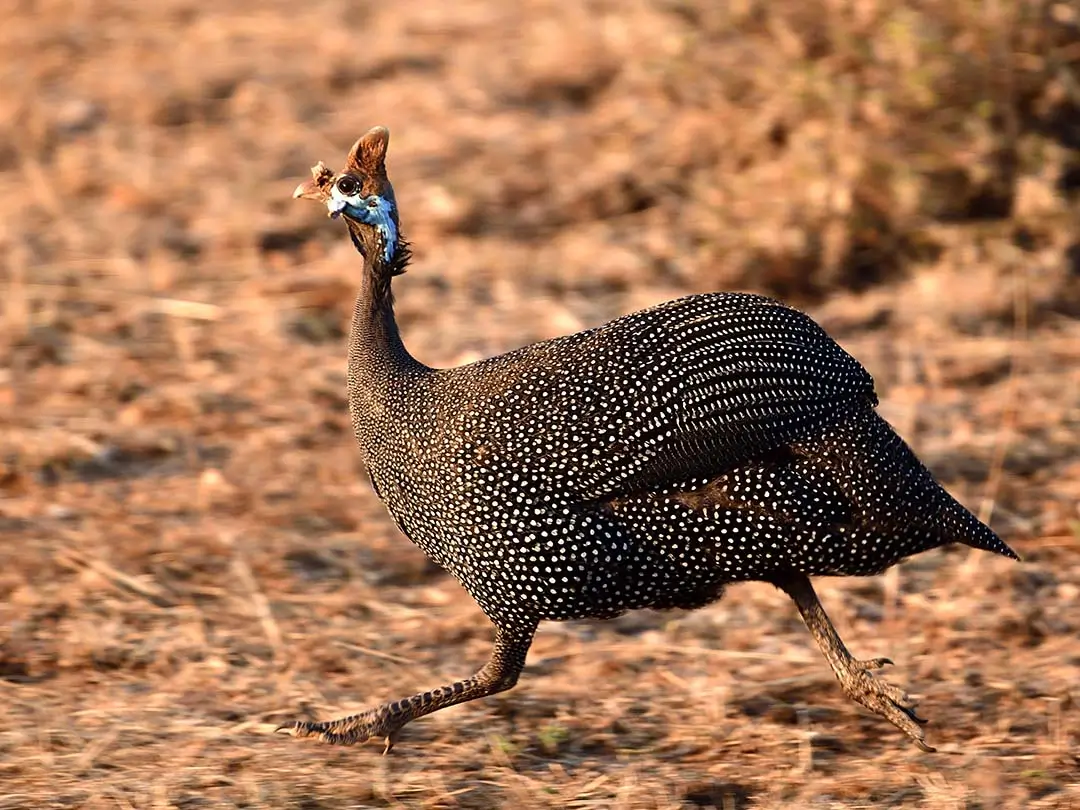
BIRDING IN
Mount Elgon National Park

BIRDING IN
Mt. Elgon National Park

BIRDING IN
Mt. Elgon National Park

BIRDING IN
Mt. Elgon National Park
Mount Elgon National Park is on the Uganda - Kenya border, it is an extinct volcanic mountain standing at 4,321 meters above sea level. And with a 3840 kilometers squared has the mountain the largest volcanic base in the world. The park was gazette in 1993. Mount Elgon is perfect for mountain climbers, nature lovers, hikers and birders. But the park has more to offer. Mount Elgon has amazing caves left by moving lava and erosion of soft volcanic deposits and a natural pool named after the early explorer Jackson. That is why they call it now, Jackson's natural Pool. It was names after him as Frederick Jackson was the first one to climb the mountain in 1889.
Sipi Falls can also be found in this area. On the western sides of the Mountain are 3 waterfalls that are beautiful to see. Next to those rock paintings, wildlife and birds are among the great things you can find here. The wild life that can be seen here include Leopard, Hyena, Buffalo, Bush Buck, and Water buck, duiker and tree Hydrax.
Excellent birding opportunities exist around Kapkwai Forest Exploration Centre, in particular in the secondary forest and thick shrub along the loop trails extended to cover Cheptui Falls. It supports the African Goshawk; Chubb's Cisticola, White-chinned Prinia, African Blue Fly-catcher, Chinspot Batis, Mackinnon's Fiscal, Dohertys and Luhders Bush-shrikes, Baglafecht Weaver, Cinnamon Bee Eater, Moustached Tinkerbird, Hartloub`s Turaco, Tacazze Sunbird, Olive- and Bronze-naped pigeons na d many more.
Our Experts are ready to provide answers
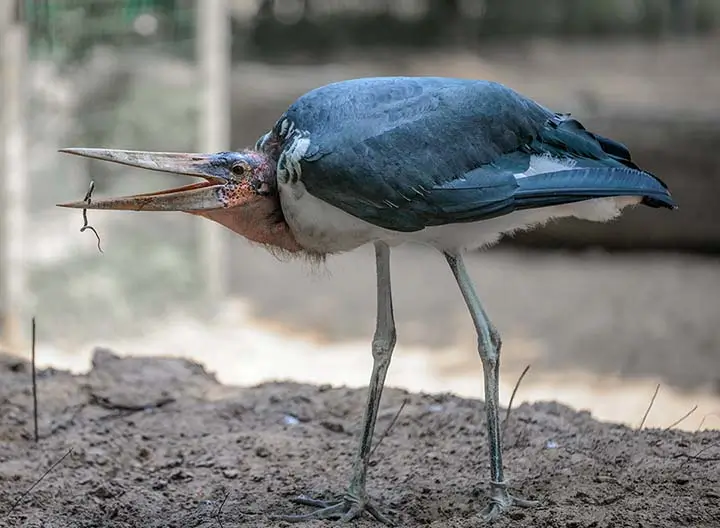
Ajai Wildlife reserve has several bird species and they include Shoebill, the Black-rumped Waxbill, Grey Crowned cranes, Marabou stocks, African fish eagles, Heuglin's Masked Weaver, Chestnut-crowned Sparrow-weaver.
Read More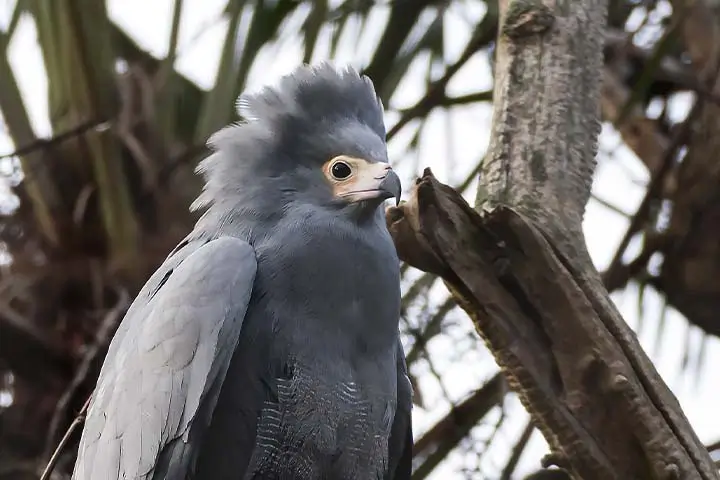
Bwindi is the Bird watchers haven as experienced bird watchers can identify up to 100 species in a day in Ruhija and Buhoma.
Read More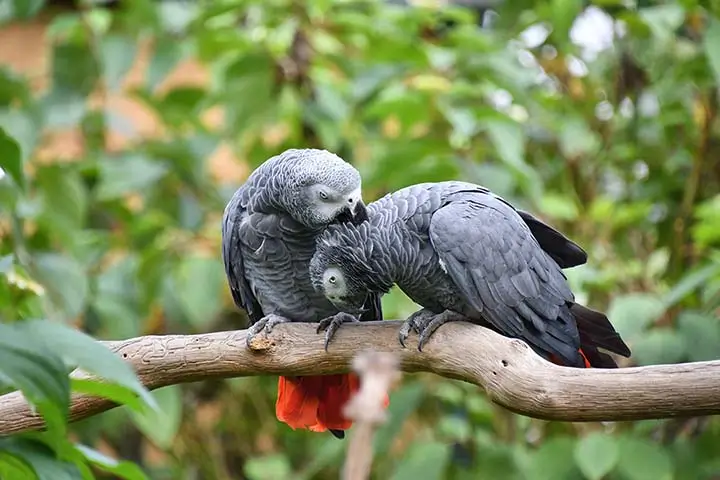
Kibale National Park has so many developed hiking/walking trails with the best birding spot being Bigodi wetland sanctuary where birders take visitors for a 4-hour walking trail.
Read More
The Apoka Rest Camp and Park Headquarters overlooking the swallow, southern Narus Valley is a grand spot to start your Kidepo birding.
Read More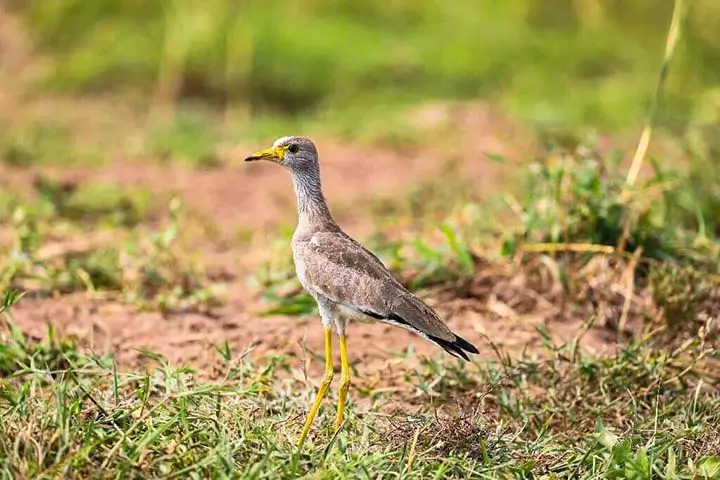
The best birding spots in the park include the swampy valleys of Warukiri and Miriti, and the roadsides between Rwonyo camp and the jetty. There are viewing platforms at the salt lick, in Miriti Valley, and in Rubanga Forest.
Read More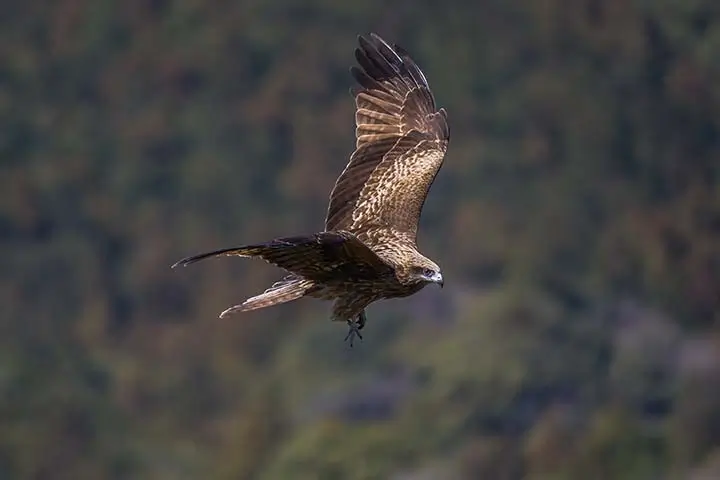
The Park is set apart with a unique bird fauna 79 bird species have been recorded within the park, including several species prevalent to the East Congo Montane region.
Read More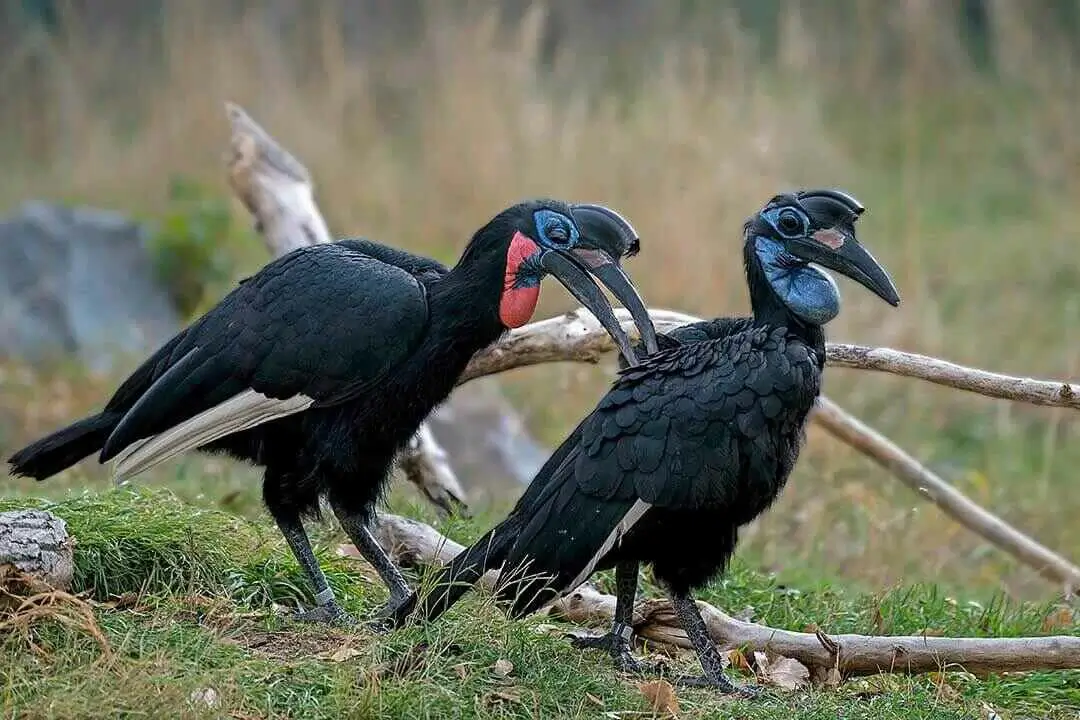
Over 500 bird species are known from the site. Falco naumanni is a passage migrant and Circus macrourus occurs on passage and in winter. Acacia woodland holds the largest known population of Agapornisfischeri, Parusfringillinus is resident and there have been recent records of Apaliskaramojae from Acacia drepanolobium woodland in the south-west of the site.
Read More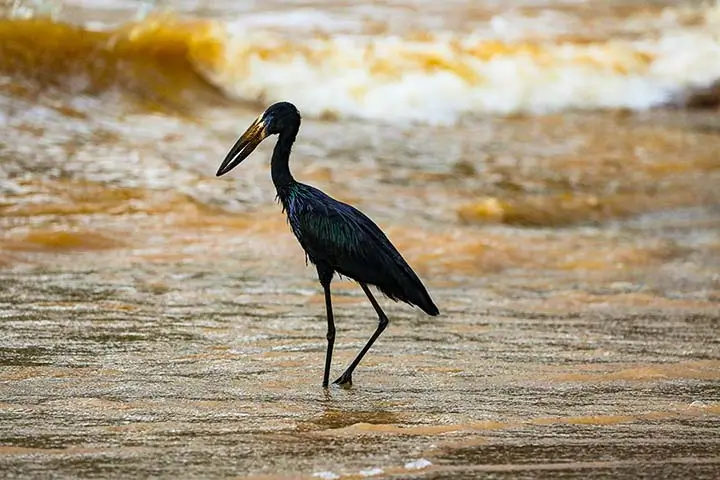
It has 611 recorded bird species in the Kazinga channel sanctuary which covers an area approximately 207kilometers.
Read More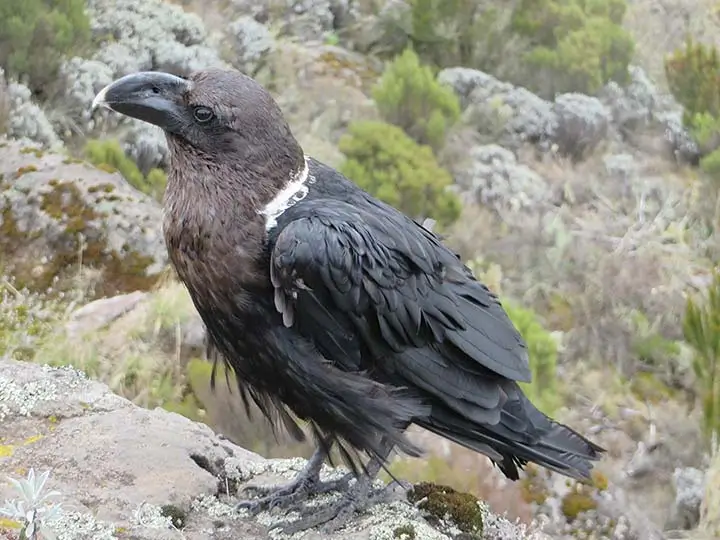
The park is one of the world's Endemic Bird Areas (EBA). There are up to 241 species of birds which is about 27% of Uganda's total. Close to 177 bird species live in the Afromontane forest and 19 species are endemic to the Albertine rift.
Read More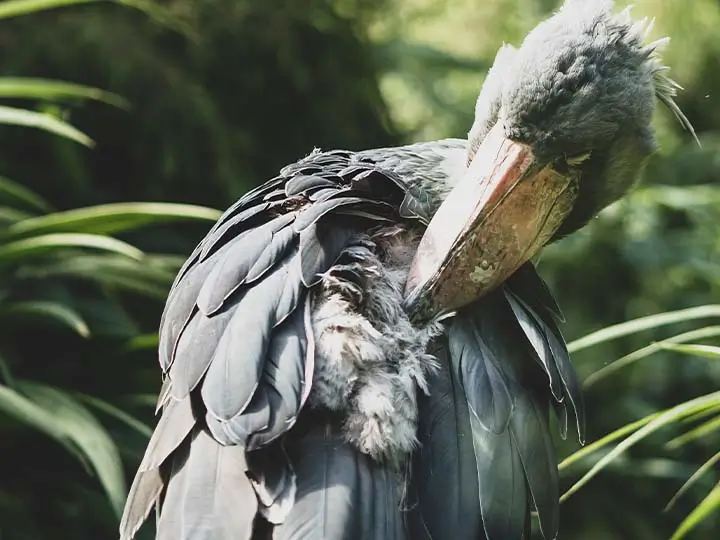
Birders who make it to Semuliki are always rewarded with some of Africa's best forest birding. Sempaya and Ntandi provide excellent viewing of the birds.
Read More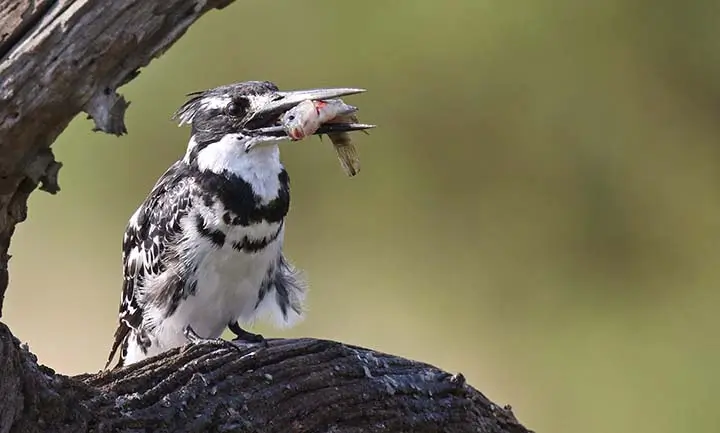
As compared to many other birding destinations within the country, This area of the lake has got over 200 bird species and some of these include;
Read More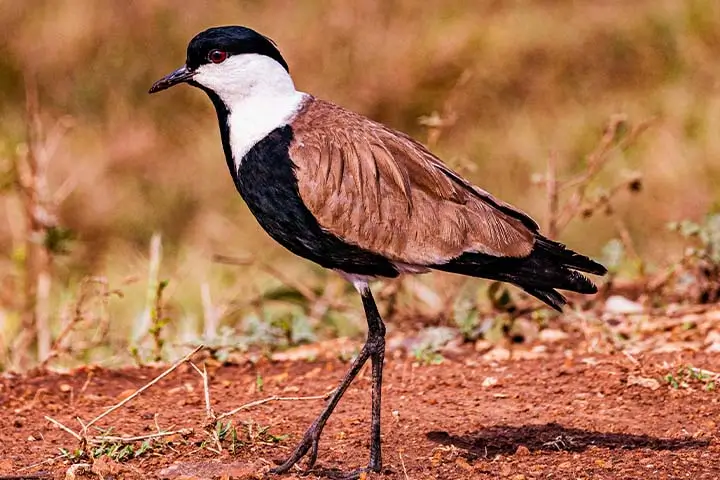
As compared to many other birding destinations within the Birding here is done near new Lutembe beach located on Entebbe road at Namulanda. The bay area has trees, marshlands, and shrubs. Early in the morning is the best time to get to Lutembe as there is a lot of bird activity.
Read More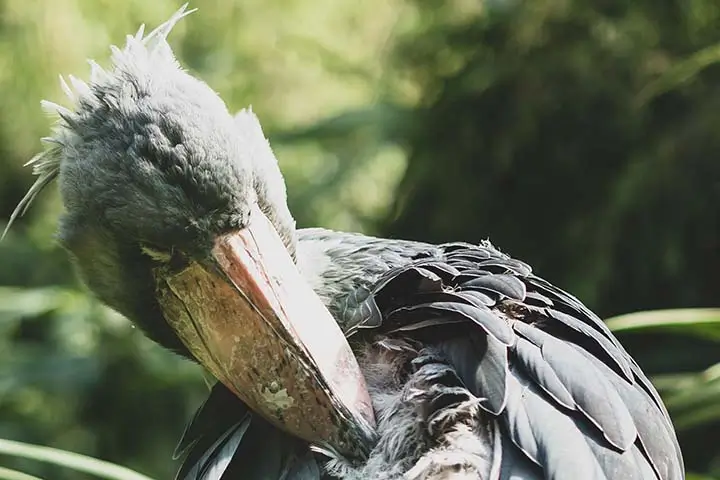
Located on the edge of Lake Victoria, Mabamba Bay Wetland is one of few places where the rare Shoebill Stork can be found. Mabamba Swamp is the most accessible and reliable with the best chances of seeing the Shoebill in Uganda.
Read More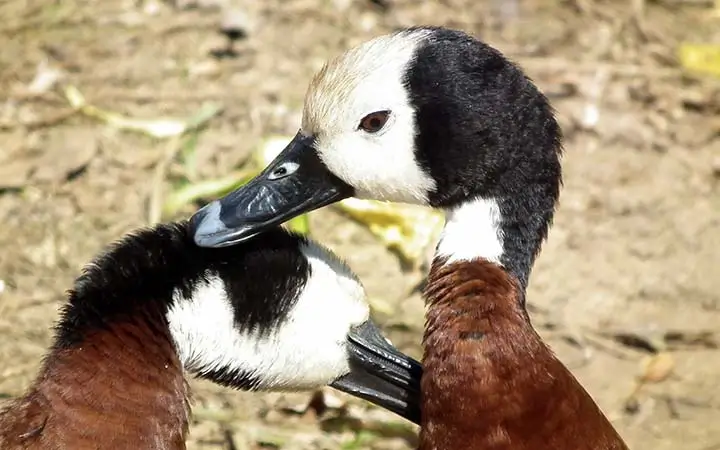
The Uganda Wild Life Authority has registered a reduction in bird species in Pian Upe, and Matheniko, Bokora game reserves due to the persistent drought that has dried up all water sources in the reserve.
Read More